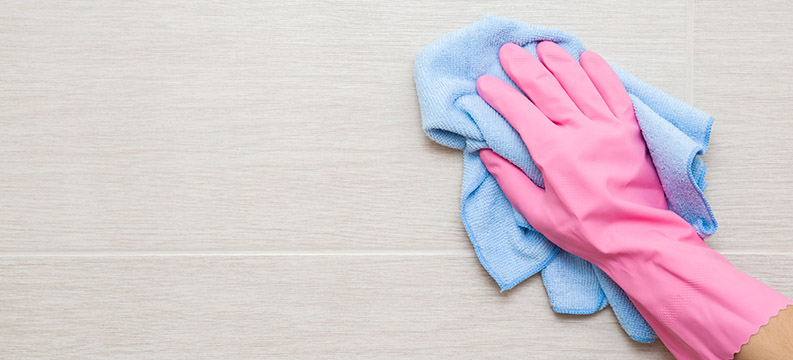We’ve all heard the term “green cleaning,” some of us to the point where we may have been tempted to stop reading this…. Does it work? Does it cost more? Will I use more of it? The answer is: YES, it does work, NO it doesn’t cost more and NO you won’t be using more if it. Bio-based cleaners have come a long way just like the cell phone and it’s making a huge splash in the new green world—for good reasons.
Bio-based cleaning solutions are plant-based, which means they are not only safer than their traditional, often toxic, counterparts; they also are sustainable. In fact, the cleaning products that are developed from—and can be returned to— the earth are proving to be superstars in the race to achieve zero waste. And as demand continues to grow, bio-based material costs have come down to a point that it has become cost competitive with traditional cleaners which historically, have been less expensive.
Greener Pastures
Bio-based cleaning products come in many variations. There are plant-based surfactants, solvents and lubricants; plant oils, such as soybean and castor; fatty acids; and Polyhydroxyalkanoates, or PHAs. These ingredients are used to manufacture everything from soap and detergents to strippers and pesticides—and a host of cleaning products in between.
Because they are derived from plants, most bio-based chemicals contain no VOCs, and are nonreactive, thereby eliminating the chance of dangerous chemical reactions. Bio-based options usually have a pH between 4 and 10 so they are less acidic. They also are nontoxic, making them far safer for humans, animals, and the environment, including waterways.
Countless studies tout the benefits of an environment maintained by greener, safer chemicals. Workplaces are more productive and experience reduced absenteeism while employees claim to be happier and more satisfied. The incidence of asthma is reduced. Cognitive ability is higher, and all occupants benefit from better indoor air quality. Meanwhile, research is just beginning to identify other long-term detrimental health effects that may be caused by specific ingredients in many traditional cleaners, such as the FDA’s recent ban of triclosan in antibacterial soap or the current questions surrounding ingredients in some pesticides that may be cancer causing. When all is said and done, if everything else is equal, the safer choice is the better choice. The key words here are “all things being equal.”
Greener Budgets
Most facility managers have long yearned to use safer cleaning solutions, but too often found them to be subpar and overpriced—and many were both. However, science has come a long way, and today, quality bio-based formulas offer enhanced health and environmental benefits as well as performance, all at a cost comparable to more toxic formulas.
Based on the realization of their increased effectiveness at a more affordable price—added to growing concern over the health and environmental consequences of more dangerous chemicals and the depletion of fossil fuels—the market for bio-based chemicals is expected to grow from the US$6,474 million it was in 2016 to $23,976 million by 2025.
This demand can mean a greener world—and a greener bottom line.



